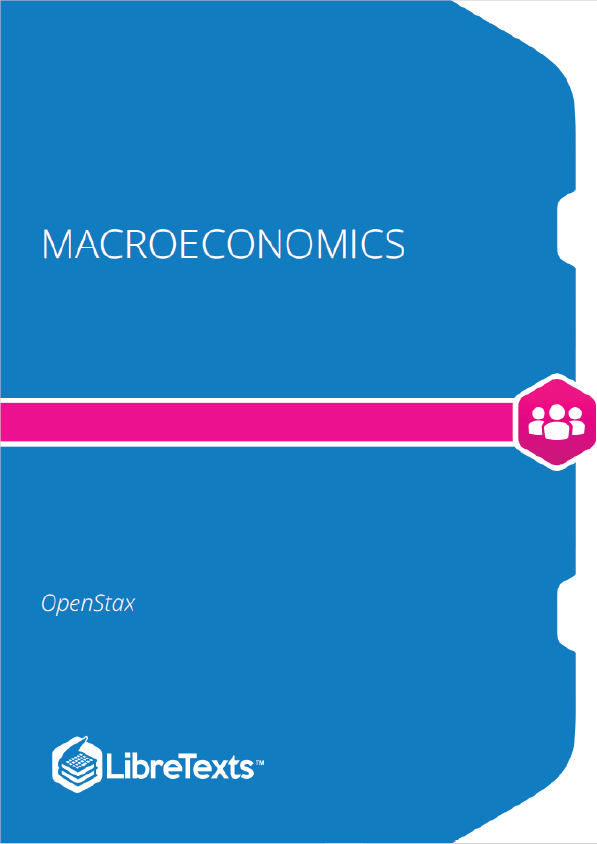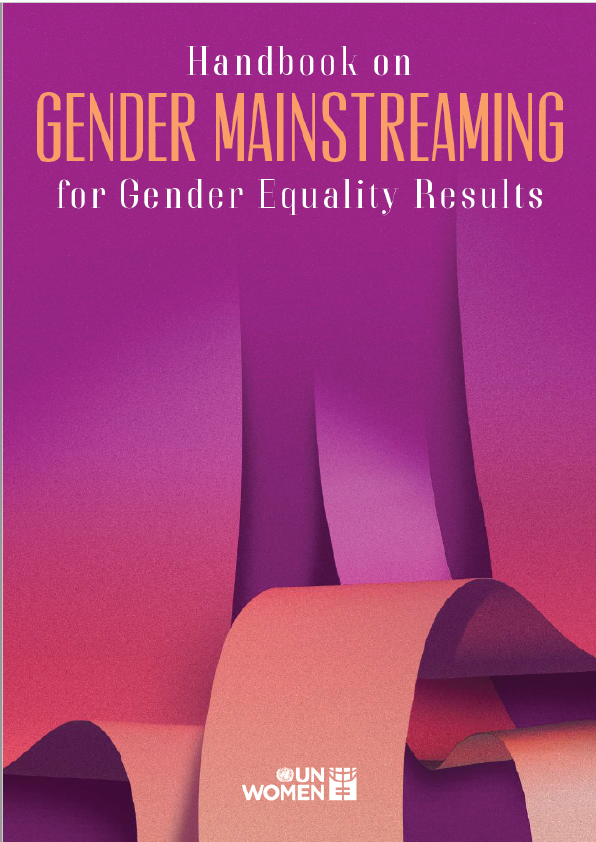About Principles of Macroeconomics
Principles of Macroeconomics has been developed to meet the scope and sequence of most introductory macroeconomics courses. At the same time, the book includes a number of innovative features designed to enhance student learning. Instructors can also customize the book, adapting it to the approach that works best in their classroom.
Coverage and Scope
To develop Principles of Macroeconomics, we acquired the rights to Timothy Taylor’s second edition of Principles of Economics and solicited ideas from economics instructors at all levels of higher education, from community colleges to Ph.D.-granting universities. They told us about their courses, students, challenges, resources, and how a textbook can best meet their and their students’ needs.
The result is a book that covers the breadth of economics topics and also provides the necessary depth to ensure the course is manageable for instructors and students alike. And to make it more applied, we have incorporated many current topics. We hope students will be interested to know just how far-reaching the recent recession was (and still is). The housing bubble and housing crisis, Zimbabwe’s hyperinflation, global unemployment, and the appointment of the United States’ first female Federal Reserve chair, Janet Yellen, are just a few of the other important topics covered.
The pedagogical choices, chapter arrangements, and learning objective fulfillment were developed and vetted with feedback from educators dedicated to the project. They thoroughly read the material and offered critical and detailed commentary. The outcome is a balanced approach to macroeconomics, to both Keynesian and classical views, and to the theory and application of economics concepts. New 2015 data are incorporated for topics, such as the average U.S. household consumption in Chapter 2. Current events are treated in a politically-balanced way as well.
The book is organized into seven main parts:
- What is Economics? The first two chapters introduce students to the study of economics with a focus on making choices in a world of scarce resources.
- Supply and Demand, Chapters 3 and 4, introduces and explains the first analytical model in economics: supply, demand, and equilibrium, before showing applications in the markets for labor and finance.
- Elasticity and Price, Chapter 5, introduces and explains elasticity and price, two key concepts in economics.
- The Macroeconomic Perspective and Goals, Chapters 6 through 10, introduces a number of key concepts in macro: economic growth, unemployment and inflation, and international trade and capital flows.
- A Framework for Macroeconomic Analysis, Chapters 11 through 13, introduces the principal analytic model in macro, namely the Aggregate Demand/Aggregate Supply Model. The model is then applied to the Keynesian and Neoclassical perspectives. The Expenditure/Output model is fully explained in a stand-alone appendix.
- Monetary and Fiscal Policy, Chapters 14 through 18, explains the role of money and the banking system, as well as monetary policy and financial regulation. Then the discussion switches to government deficits and fiscal policy.
- International Economics, Chapters 19 through 21, the final part of the text, introduces the international dimensions of economics, including international trade and protectionism.











